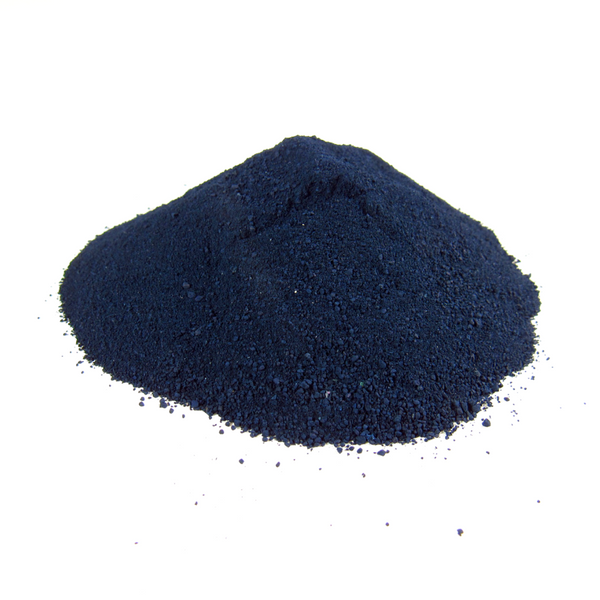This week: Does hemp alter blue in an indigo vat, lurking sediment and is Tide more powerful than my scour can handle?
Every week, we are emailed with questions from our natural dye community asking simple and complex questions that we thought might be worth sharing. we call the series Feedback Friday. Of course, all of your burning questions are answered by natural dyer in chief, Kathy Hattori, Founder of Botanical Colors.
Does the reddish/orange dye in the henna change the blue of the indigo?
I think that each type of 1-2-3 vat has its own range of blue shades that are distinctive. The base color of henna seems to add a beautiful richness to 1-2-3 vats, adding a neutral tone (orange +blue) that influences the color.
How do I get rid of the sediment at the bottom of my indigo vat?
If you are asking what to do with the sediment when you are discarding a vat, neutralize it with some vinegar, dilute with water and then dispose of it. The slurry is a mixture of minerals and indigo, so should be able to be disposed in a non-food growing area.
If you are asking how to avoid getting the sediment on your fabric or yarn, you can create a barrier to minimize contact between the sediment and the vat liquid. Use something like an overturned food colander or non-reactive strainer.
Do finishes on fabrics alter the ph of a dye bath or vat even if they have been scoured? It seems like clothes I scour and dye where a strong detergent like Tide was used makes it harder to cover?
Some fabric finishes are very durable and may persist. If you are having problems getting a good shade, it could be a result of a finish. You can scour many cellulose fibers in near-simmering water and soda ash, as instructed in our How To Scour section and see if that helps.

